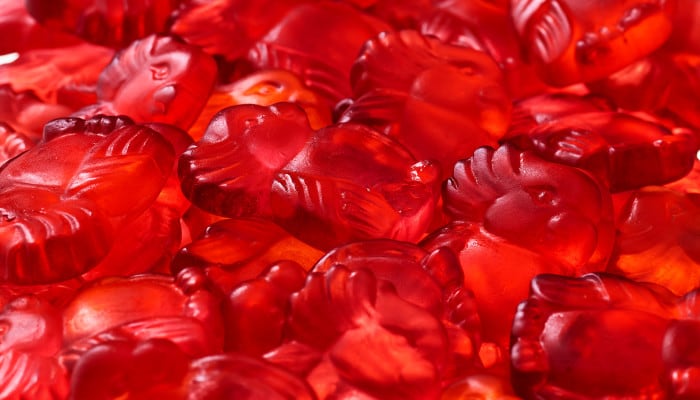Globally, the firm recorded growth of around 5% for natural colours in its last financial year, but Dundas told us that number was considerably higher in Asia, where the market is far less mature than in Europe and North America.
“We are seeing strong double-digit increases in Asia,” he said. “The growth is especially strong in emerging markets, largely due to consumer or regulator demands.”
He namechecked Indonesia, Thailand and Philippines as two buoyant markets, adding that the sector had benefitted from the former’s ruling to allow negative on-pack claims, such as “contains no artificial colours.’
He also said that there was strong traction among local firms, as well as the MNCs.
“The smart local players know that by switching from synthetics to natural, they can have a strong point difference and can almost be seen as hero brands,” he added.
However, he acknowledge that there were still financial hurdles – with prices for natural colours higher than those for synthetics.
“The cost comparison can still be significantly different for some colours, but the decision to switch comes down to far more than a purely financial conversion project,” he said.
Bakery boom
In terms of categories, he said there was growing demand among the regions’s bakery sector around alternatives to tartrazine and in the snacks segment, especially for natural alternatives for extruded products.
Dundas also touched on the regional potential for the company’s colouring foodstuffs.
Colouring foodstuffs – fruit, plant and vegetable concentrates – are minimally processed with no chemical alteration, meaning that they are classified as an ingredient with colouring properties instead of an additive. This means the ingredients list remains transparent and easily understandable
“Europe is leading the way will colouring foods, whereas in Asia we are still on the journey from synthetics to natural colours,” he said.
“Colouring foodstuffs will be the next step, and we do already have sales among companies who are manufacturing here for the European market, but it is relatively niche for now.”
The firm’s latest launch was a minimally processed red vegetable juice colouring. The FruitMax® reds meet the EU requirements for colouring foodstuffs.
Red is a key shade in many food products – from cakes to confectionary to milkshakes. But naturally sourced red solutions can be rife with technical constraints for food and beverage manufacturers and it can be challenging to create a stable and vibrant colour, said the firm.


